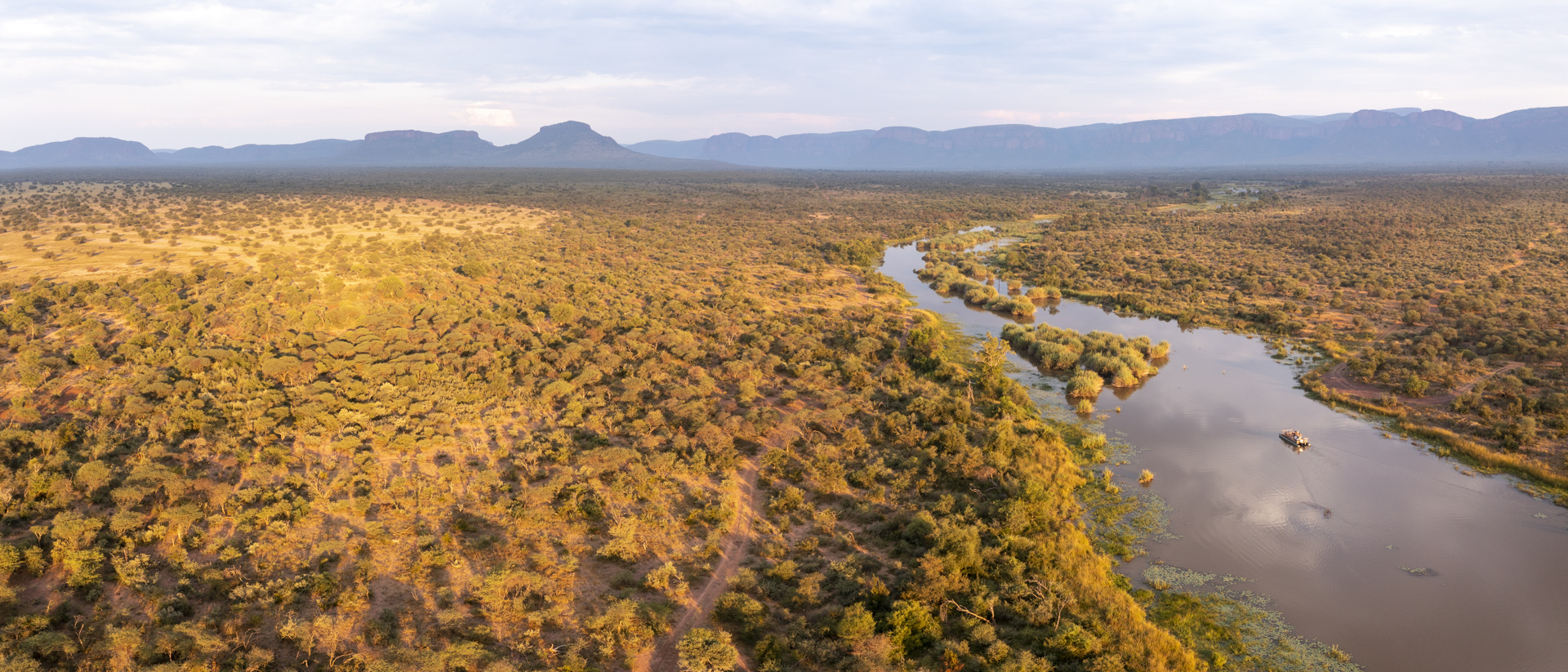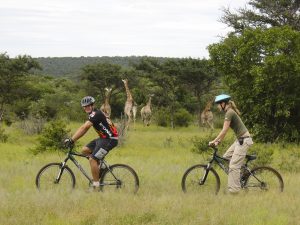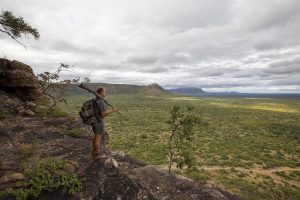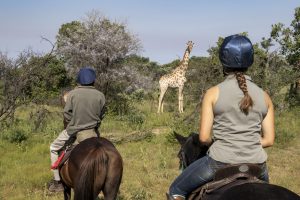As the world searches for environmental success stories, the Waterberg stands out because of its scale and potential to be a benchmark for modern conservation initiatives. The 1 600 000-acre Waterberg plateau northwest of Gauteng was designated a UNESCO Biosphere Reserve in 2001. Pasture and farmland, once suffering from poor soil and overgrazing, is increasingly being returned to its wild state. The biodiversity of the region is unique and expanding as nature-based tourist experiences attract a growing number of visitors encouraging further environmental development. Limpopo province has the second highest number of visitors in South Africa after Gauteng generating some R8 billion in revenue, and Waterberg is by far the largest contributor to that.
There are three pillars at the core of this story: Tourism, Conservation, and Community.
Local tourism infrastructure has been greatly enhanced by the creation of Waterberg Tourism (WT) operating out of the town of Vaalwater, with Thabazimbi and Bela-Bela as hubs. WT is also responsible for the Waterberg Development Initiative which focuses on conservation and community development alongside tourism. “Tourism does not exist in a vacuum” says Ken Maud, one of the founders of WT. “It is interdependent on many factors, including visitor safety, health care, good infrastructure, clean towns and a friendly community.”
Since its establishment in 2019, WT has been a key supporter of local community and conservation initiatives. It has also driven tourism through PR in leading magazines, newspapers, television, and radio, and developed a unique database of local stakeholders to gather vital information for visitors, as well as marketing and development initiatives.
Revenue from nature-based tourism is vital for the local economy, and for maintaining the biodiversity of the region. There are a growing variety of tourist activities, many of which encourage environmental awareness through immersive experiences such as immobilising rhinos to inserting tracking devices, monitoring and identifying elephant populations, and tracking predators. Adventure activities are no less immersive, like horseback riding among wild animals, photographic safaris in the diverse landscapes of the region, and sustainable hunting.
The Development Initiative also promotes environmental education with school visits to the Lapalala Wilderness School, Waterberg Living Museum, and other environmentally focused organisations. Scientific research is being enhanced through a recently established Research Support Centre. And conservation organisations such as Save the Waterberg Rhino and the Waterberg Wild Dog Initiative are collaborating more and more with local communities and the public to drive awareness of the importance of conservation for the area.
It is the community that forms the third pillar, and the imperative is to uplift the local communities through the benefits of nature-based tourism. Skills training is key to preparing people for local conservation and hospitality work, and WT has conducted over 40 courses so far at a newly established Community Centre in Vaalwater. Here, markets are also held to generate revenue for locals and encourage community engagement, and a variety of other initiatives and have engaged locals in mentorship programmes. Four small business startups are now up and running in Vaalwater, and regular town clean ups and a recycling business are now underway – much of this by enterprising locals who are encouraged by the need to attract tourists to the area.
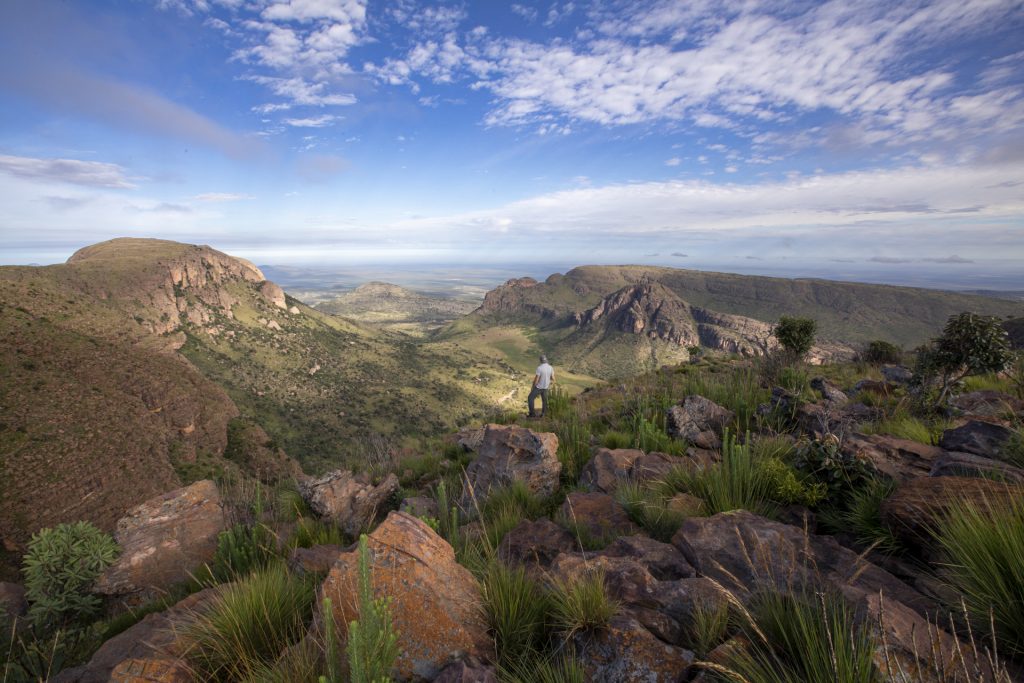
It is our objective to make the Waterberg the destination of choice in South Africa,” says Maud. “We have the people, an amazing biodiversity, and wide-open spaces. All we need now are those who share our views and want to help us achieve our goals.”

